Shade loving edibles?
veggiepark
17 years ago
Related Stories
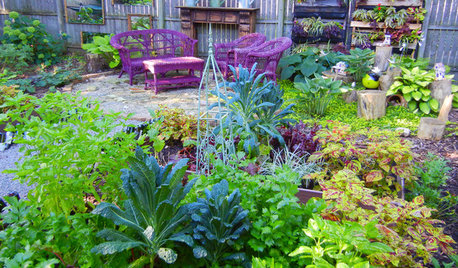
GARDENING GUIDESShades of Vegetable Gardens: Growing Edibles in Less Sun
See how one gardener produces a veritable feast of vegetables and herbs under a canopy of shade
Full Story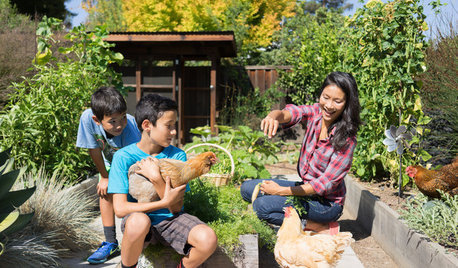
HOUZZ TV FAVORITESHouzz TV: An Edible Backyard in an Eichler Home
A family of 4 brings form and function to a Silicon Valley yard with vegetable gardens, chickens, beehives and more
Full Story
GARDENING GUIDESVegetables and Flowers Mix in Beautiful Edible Gardens
Ornamentals, meet your edible garden mates. We know you'll get along just beautifully
Full Story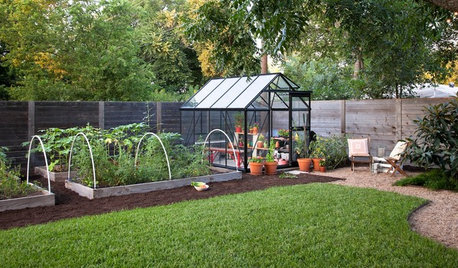
EDIBLE GARDENSA Formerly Weedy Lot Now Brims With Edibles and Honeybees
Photographers transform their barren backyard into an oasis filled with fruit, vegetables, honey, eggs and more
Full Story
GARDENING GUIDESYes, You Can Grow an Edible Garden on a Hot, Dry Site
Difficult garden spots don’t need to deter you from planting trees, herbs and other delicious food plants
Full Story
EDIBLE GARDENS12 Essential Herbs for Your Edible Garden
Make home cooking and drinks even better with herbs plucked from your own backyard or windowsill pot
Full Story
FARM YOUR YARDHow to Grow Vegetables in Containers
Get glorious vegetables and fruits on your patio with a pro’s guidance — including his personal recipe for potting mix
Full Story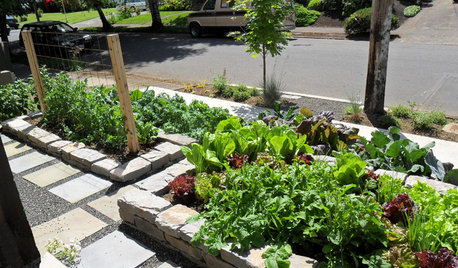
FRONT YARD IDEASWelcome Edibles Into the Front Yard for Fresh Food and More
Give your front yard design a boost and maybe even make new friends by growing fruits and vegetables
Full Story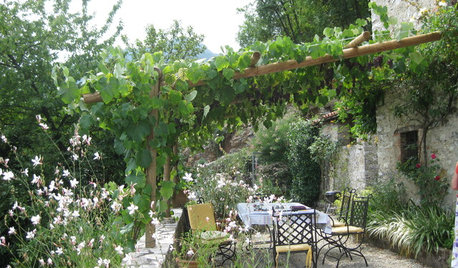
LANDSCAPE DESIGNRecipe for Mediterranean Edible Garden Style
The only thing better than a delicious meal outdoors is the satisfaction of growing some of the key ingredients yourself
Full Story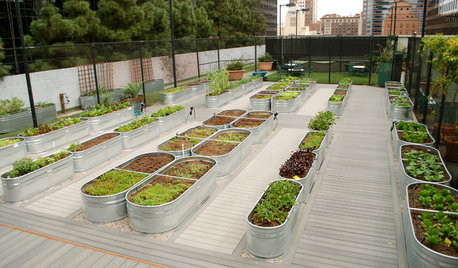
LANDSCAPE DESIGNRecipe for Modernist Edible Garden Style
Herbs, vegetables and fruit trees aren’t just for traditional gardens. Here’s how to design them into modernist landscapes
Full StorySponsored






goodground
gardenpaws_VA
Related Professionals
Fillmore Landscape Architects & Landscape Designers · Havre de Grace Landscape Architects & Landscape Designers · Kapaa Landscape Architects & Landscape Designers · Chelmsford Landscape Contractors · Farmington Landscape Contractors · Matteson Landscape Contractors · Mesa Landscape Contractors · Paso Robles Landscape Contractors · Seven Hills Landscape Contractors · Shaker Heights Landscape Contractors · Shoreview Landscape Contractors · Clearfield Landscape Contractors · Hayward Carpenters · Mission Viejo Carpenters · Scarsdale Carpenterspatrick_nh
jonathante